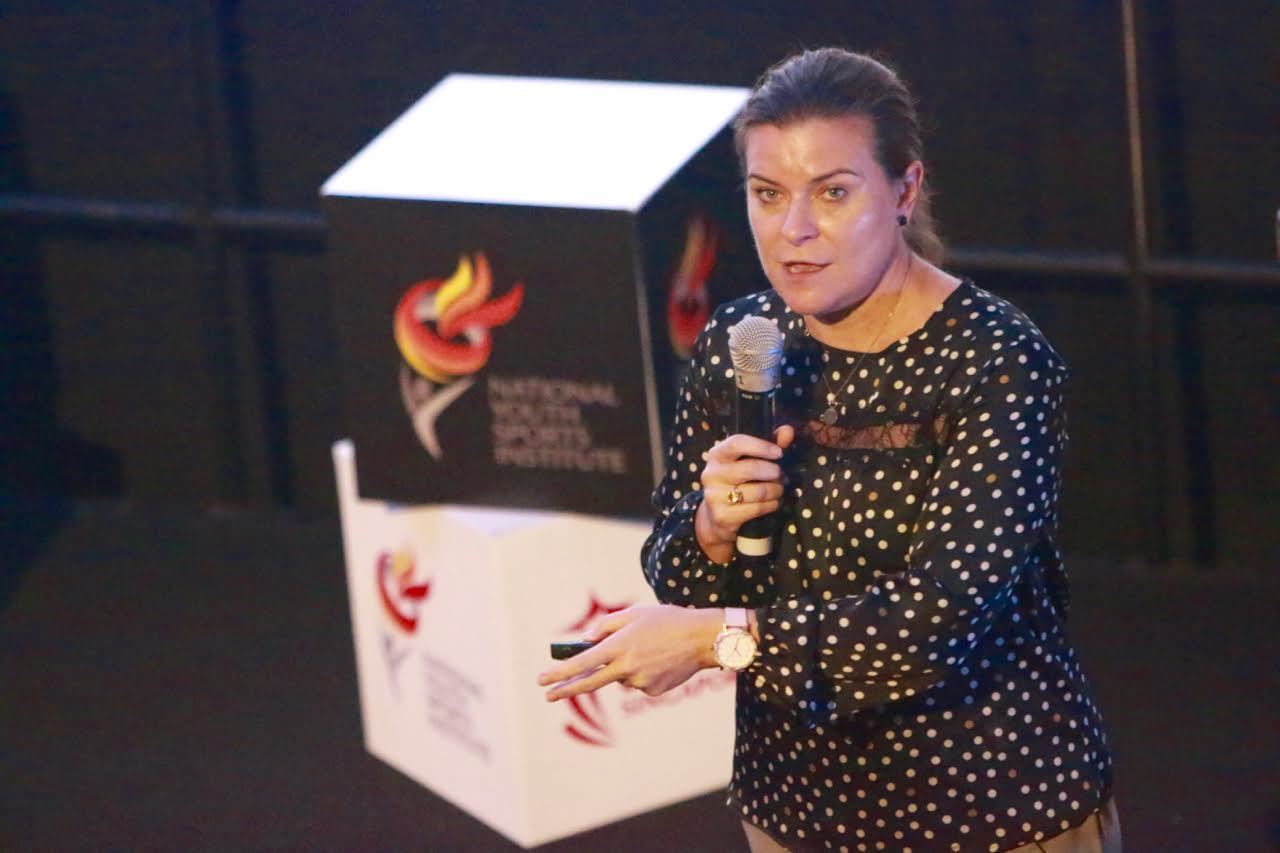Monitoring Training Level to Understand Fatigue in Youth Athletes

Dr. Shona Halson giving a keynote presentation at the Youth Athlete Development Conference 2018.
Many of our athletes can relate when it comes to fatigue and not having enough rest. This is especially so when they have to juggle their sport, study, and social life.
Fatigue directly impacts performance of athletes, as performance is measured by subtracting fitness level with fatigue.
Dr. Halson shared how we can measure fatigue: through muscle soreness, patterns of sleep, mood state, and quality of training. However, the most important recovery strategy is the simplest method that most of us take for granted: sleep.
So how can youth athletes improve their sleep when they have a busy schedule with school and training?
“We have to think about how we use the weekends better and how to schedule morning trainings better. We shouldn’t underestimate the value of small change. If you can get even 15 minutes or half an hour (more sleep), it adds up. The small things do add up over a long time,” said Dr. Halson.
She also mentioned: “When sleep is inconsistent, training is inconsistent. When you can level out sleep and get it at an appropriate level, then training starts to become more consistent.”
She dives into further detail how we can monitor sleep through wrist activity monitors and sleep diaries.
Although activity monitors are a useful and inexpensive way for athletes to know their sleeping patterns, Dr. Halson warned of the disadvantages that come with too much information.
“The athlete will have access to all the data about how he is sleeping. There’s nothing worse than being stressed when assessing your sleep.”